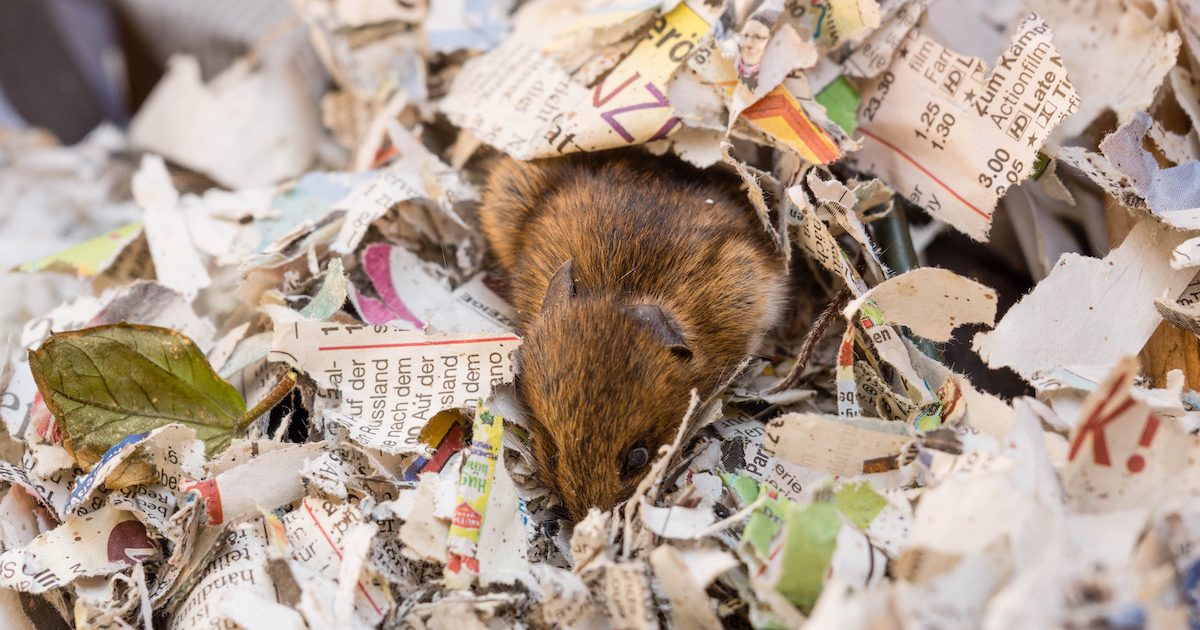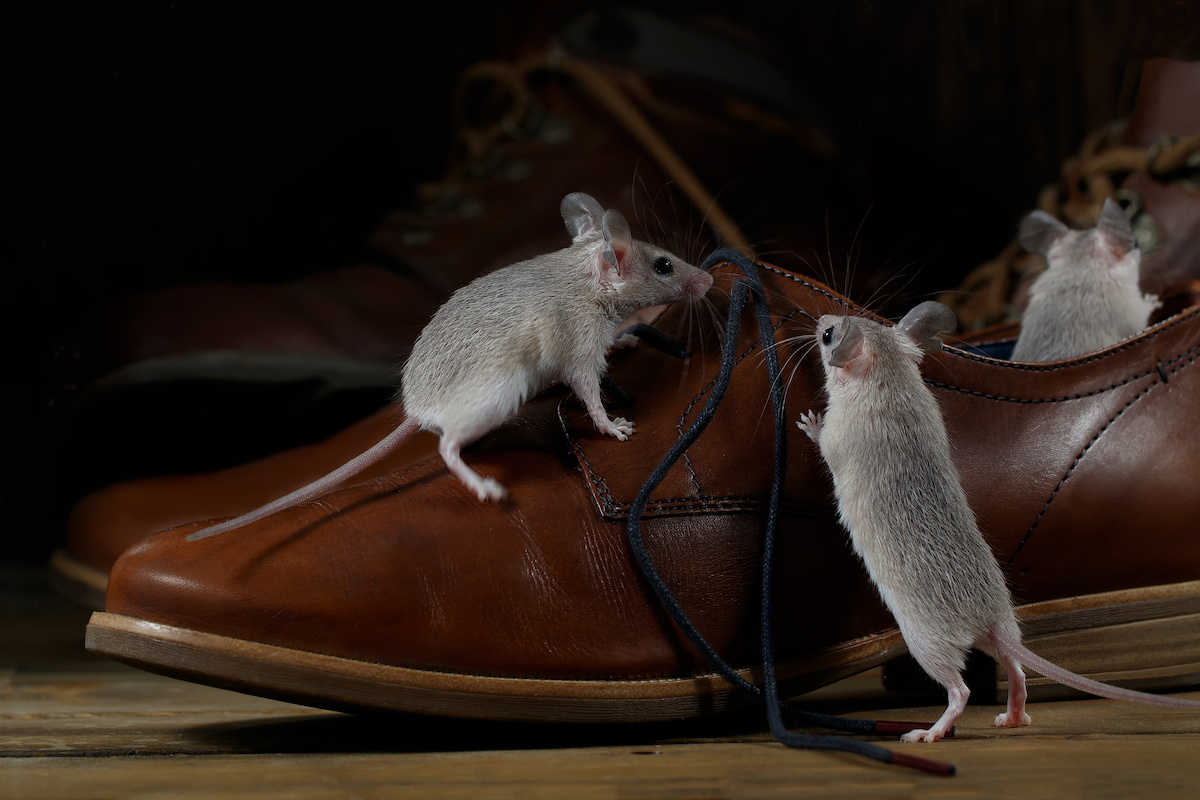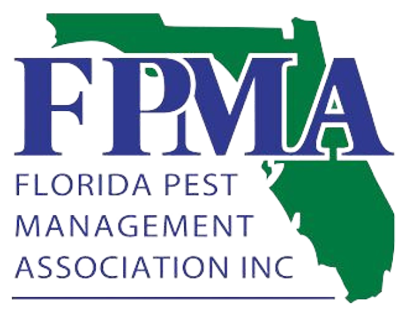
In your home, you hope for no creatures stirring—not even a mouse. However, the reality is that mice are facts of life. Dealing with a mice infestation is definitely not a fun experience for anyone. However, what should you do if you find a single mouse or even mice infestations?
In this blog, we will share what you need to know about preventing and dealing with mice infestations. Before long, no creature should be stirring inside of your house at all, including a mouse!
What Kind Of Mice Will You Find In Florida?
Before we dive into handling mice infestations, let’s discuss a type of mice that you will most frequently find here in Florida.
Here are some of the most common mice:
- House mouse: This kind of mouse is not native to Florida. Unfortunately, the house mouse is dangerous as well as destructive when they reside inside your home. They will hide generally anywhere that they can find inside your home, and what’s worse is that they chew holes and nearly anything. A house mouse can destroy walls, floors, baseboards, clothing, and even furniture. The house mouse infestation is more probable when the weather cools down, which drives mice into your home looking for warmth.
- Florida mouse: This kind of Mouse has a yellowish brown upper body and a white belly. These are large mice and can measure up to 8 inches in length. Another unique feature of this type of mouse is that they have 5 foot pads on their feet. These mice reproduce all year long and specifically live in the Sandhill and scrub sections of Florida.
- Beach mice: Beach mice aren’t necessarily a nuisance when they stay where they need to be, which is on the beach. In fact, Beach mice health is important as it helps promote the health of Florida’s coastal dunes and beaches. These mice eat Coastal plants, seeds, and flowers. They also eat insects that may damage coastal plants. Beach mice are on the endangered species list in Florida, so you should contact an exterminator immediately so we can properly remove the mice to safety. You may also contact the Florida Fish and Wildlife Conservation Commission by clicking here.
How do Mice Get into Your Home?
If you find a mouse, let alone in mice infestation, you might wonder how they gained access to your home in the first place. The steps to preventing future infestations require reverse engineering, and understanding how the mice infestation appeared in the first place.
When it comes to access inside your home, mice have multiple options to make their way indoors.
Some of the most common entry point into your home for a mouse includes but is not limited to:
- Open doors and windows
- Gaining access through holes and window screens
- Cracks and crevices inside of your home’s foundation
- Garage doors that remain open
- Gaining access by way of outdoor pipes that lead inside
Not only can mice easily gain access inside your home, but you might also be surprised at how easy it is to make their way and doors. Mice can squeeze through incredibly small spaces, much smaller than most homeowners believe. In fact, mice can squeeze through a hole that is about the size of an average ink pen. This means that they can easily find an opportunity to slip inside your home without you noticing.
Mice Multiply at a Rapid Rate
It’s bad enough once mice make their way inside your home. However, the rate that they multiply is even more alarming!
First, their gestation period is incredibly short at just 19 to 21 days. What’s worse is that the mother can begin reproducing again immediately after giving birth to her pups.
Most mice litters come with up to 14 pups. Meanwhile, mice can have a litter of pups up to 10 times a year. Before you know it, you can be approaching 170 mice just from one mother and father within a year.

Preventing and Reducing Potential Mice Infestations
As you can see, it’s unfortunately simple for a mice infestation to occur quite quickly. The good news is that there are ways to prevent an infestation as well as getting rid of the mice altogether. Let’s first discuss how to prevent and help reduce infestation problems.
Eliminating Food Sources
While mice may not have huge appetites, they still need to eat. This is why it is so important to keep a clean and tidy kitchen. Allowing food to sit out for long periods of time, or neglecting to clean up spills, can attract mice over time.
You also need to be diligent about taking your garbage out when it’s full. Allowing a full trash bag to sit around for too long can attract mice and eventually result in an infestation.
Without easy access to a food source, this is one way that you can help prevent future mice infestations. In the meantime, you will also want to eliminate any potential water sources as well. Mice can gain access to water and some of the most unsuspecting places, such as leaky pipes. Make sure all of your pipes are tightened up and not dripping water.
Closing up Potential Entry Points
Now that you know how to get rid of food and water sources, you will also need to close up any potential entry points for mice. You will want to inspect the exterior of your home for cracks and holes in the foundation. Patch these up immediately, and you will instantly seal off easy ways for mice to get inside.
You will also want to patch up areas such as broken window screens. Replace the entire window screen or mend it so no creatures can get through the holes.
As insignificant as it sounds, you will also need to patch up any small holes that you find throughout your home. This can even be in terms of utility lines that feed through your house. Making sure these are patched up properly will help keep mice outdoors.
Locating the Infestation Source
One of the most important parts of eliminating an existing mouse infestation is finding the source. This means that you need to discover where the mice are breeding and nesting. Getting rid of this area will put a large hindrance on the mice, helping to drive them out.
Where do mice like to nest in your home? Mice generally will make their nests in your home with the least human activity. They do not like to be around people or loud noises, so you will likely not find a mouse nest somewhere in the center of the action. However, mice can certainly make nests in unsuspecting places in the living room or kitchen.
A single mouse will create a nest to live while raising the pups. When the pups are old enough to go out on their own, the pups leave to build their own nests elsewhere. These nests can also be made inside your home as well.
However, there are some common hiding places when it comes to mice in your home. These places include areas such as:
- Empty spaces and voids inside your home
- Insulation in the attic and inside the wall
- Attic spaces
- Underneath refrigerators
- Underneath dishwashers
Furthermore, mice are commonly found while cleaning out garages. You can also find them if you clean out closets that you have not touched in a very long time.
As you search for where the mice are nesting, it helps to consider what a mouse nest looks like. You’ll find shredded, fine materials that are made up into a ball. The materials are typically fibrous and made of items such as paper or clothing, string, and food wrappers. Inside the ball, you will find a small hole. This is where the most stay and raises pups.
The downside is that it’s unlikely that you will find a mouse nest when you are looking for it. They do their best to stay hidden and undetected from humans. Unless you know exactly where to look and the subtle signs that mice may be present, a mouse nest can exist right under your nose.
What to do if You Find Mice
Did you find a mouse or two, or maybe 20? If so, don’t panic. The best course of action is to contact a professional exterminator. There are ways to get rid of mice, including the use of traps and baits.
However, it’s easy for you to feel that you are in over your head. If you find mice, the most effective approach is to contact a pest control company.






